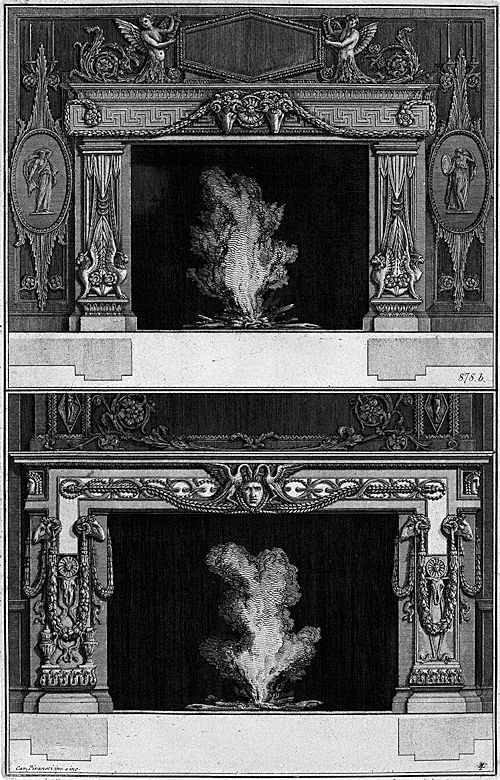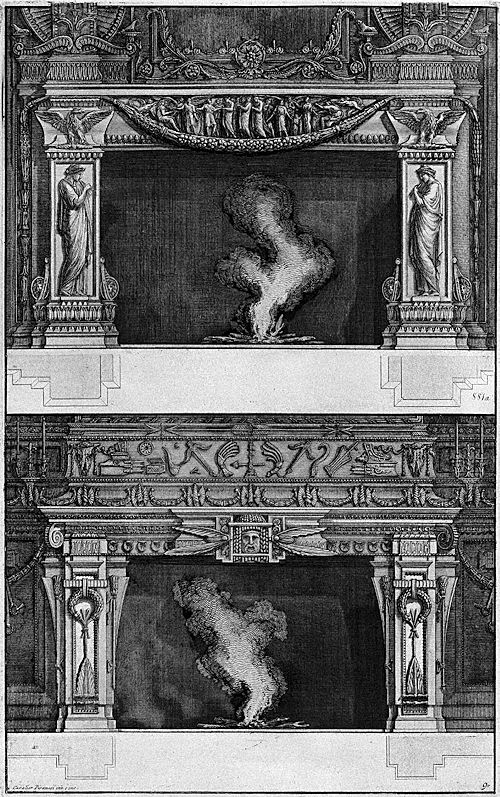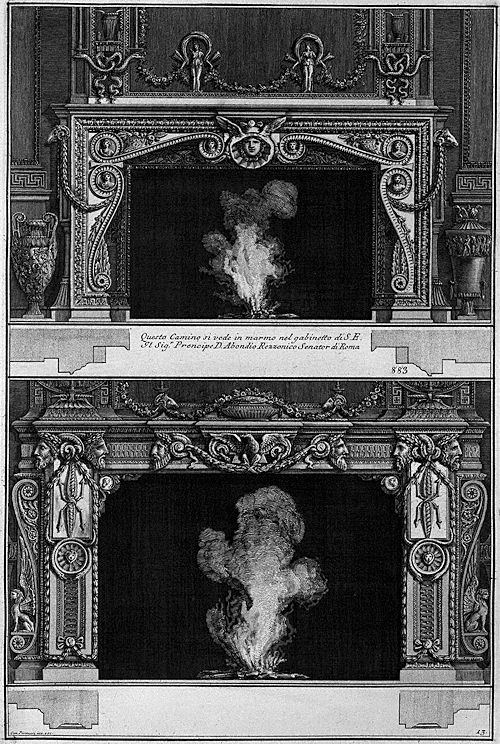piranesi |
1983 |
|
|
|
| These observations apart, if Piranesi had really intended the Ichnographia to represent a veritable Megalopolis--an enormous architectural system turning against itself to produce a state of auto-destruction--as professor Tafuri suggests, it is unlikely that the artist would have gone to such lengths in the Diverse Maniere d'adornare i Cammini, seven years later, to present a similarly positive defence of complex and innovatory compositions in the applied arts.22 Like all publicists of new and challenging ideas, Piranesi understood the need to exaggerate in order to convince, even if he was also prepared to be attacked for his eccentric opinions as he combatted the growing taste for architectural austerity. While it may be recognised that he adopted the anachronistic language of a frozen Baroque (to use Emil Kaufmann's phrase), by so doing Piranesi at least kept the debate open to designers such as Robert Adam who found little sympathy with the self-imposed simplicity of radical Neo-classicism.23 That the impact of Piranesi's polemical style of design was sufficiently felt by his rigorist critics and opponents is shown by the scarcely-disguised tone of disapproval in Bianconi's obituary of 1779 and the abuse poured on his Aventine buildings by Milizia some eight years later.24 What could be a more appropriate rejoinder by the creator of a positive Utopia in the Ichnographia than Piranesi's own words: «I need to produce great ideas and I believe that were I given the planning of a new universe, I would be mad enough to undertake it».25 |
|
|
22 See G. B. Piranesi: the Polemical Works (ed. J. Wilton-Ely), cit.
|
|
|
|
|
|
Quondam © 2021.10.25 |


